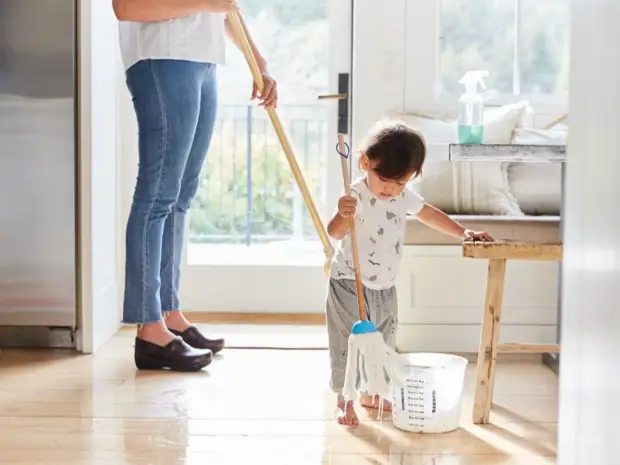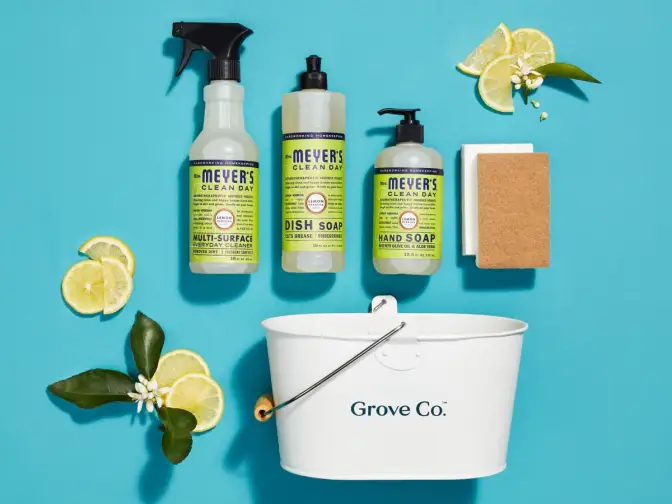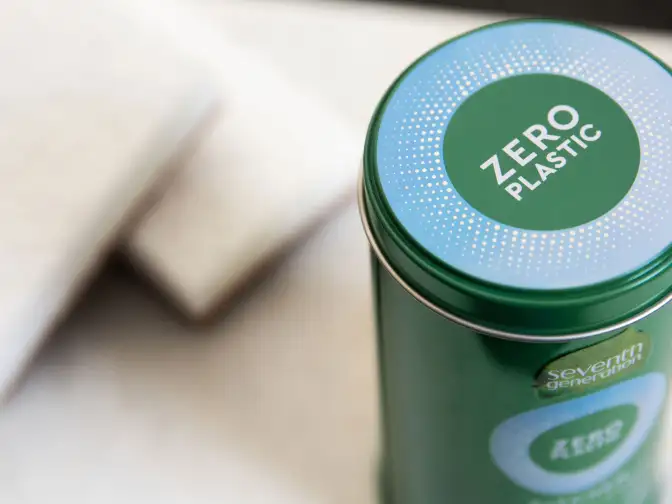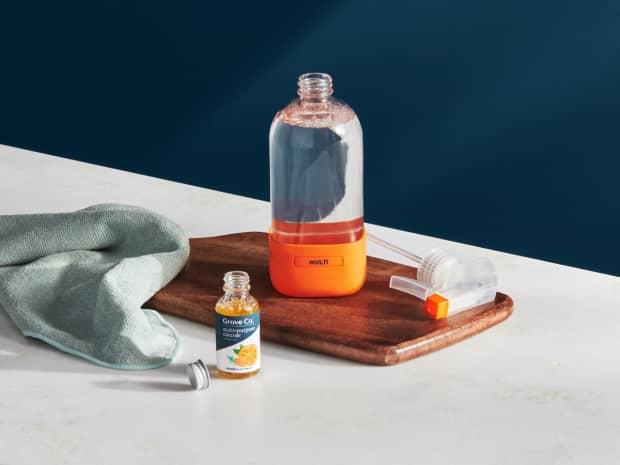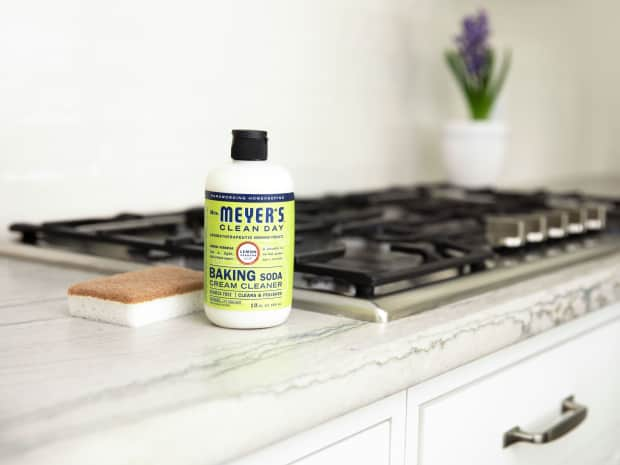Use highly-abrasive scrubbers
Abrasive sponges, steel wool, and other rough materials can easily scratch — and even eat through — the protective coating atop your vinyl plank flooring. Use a mop or soft bristled brush for a deep clean.
Use ammonia
Ammonia and vinyl plank flooring’s synthetic coating do not mix well. The ammonia breaks down the finish and causes damage to the flooring. Try one of the easier-going natural cleaning solutions or the gentle tools mentioned previously.
Use paste wax or solvent-based polishes
Because vinyl plank flooring is coated in a special polyurethane coating, it never needs waxing — and, in fact, waxes and solvent-based polishes you might use on other flooring surfaces can damage the topcoat and leave your floor with dull buildup.


